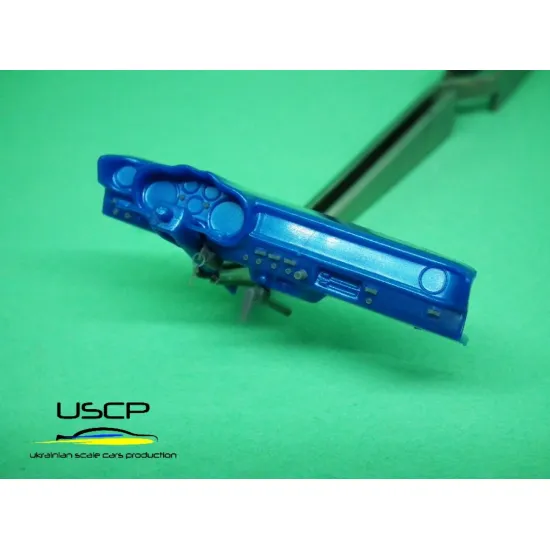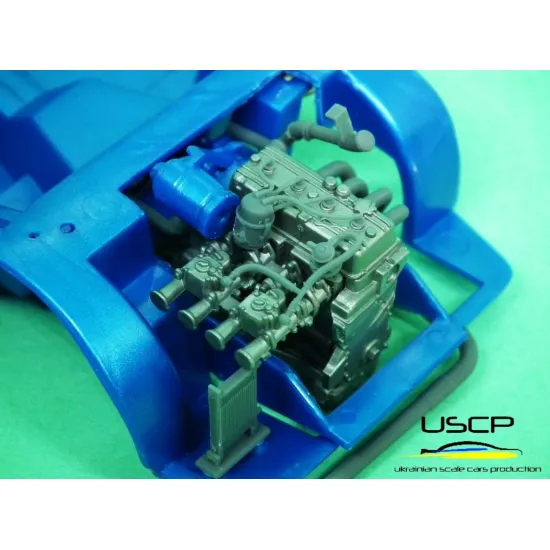Advanced Techniques for Plastic Model Kit Builders
Advanced Techniques for Plastic Model Kit Builders
Blog Article
The History of Model Kits: From Hobby to Art
Plastic model kits have undergone a significant change because their inception, growing from standard and basic models to very detail by detail and intricate representations of real-world subjects. This advancement reflects innovations in components, manufacturing methods, and the rising sophistication of modelers' expectations. In this informative article, we examine the evolution of plastic model kits, from their modest origins to the complex kits accessible today.

Early Origins: Easy Designs and Basic Sets
The history of plastic model kits days back to the early 20th century, with the initial commercially available kits emerging in the 1930s. Initially, these types were simple and focused largely at children. Early systems, made from basic plastic products, were designed to be clicked together, offering a simple introduction to modeling for young hobbyists. These designs generally highlighted minimal detail and were frequently carved in one or two shades, with several choices for customization.
Development in Popularity: The 1950s and 1960s
As plastic turned more widely available, the 1950s and 1960s saw a substantial change in the complexity and number of model kits.In this period, manufacturers started introducing more detailed kits, targeting adult fanatics as well as children. Aircraft, cars, and ships were popular matters, and systems began to add multiple components for included realism. But, types still relied on simple assembly techniques, with few options for painting and finishing.
Improvements in Technology: The 1970s and 1980s
The 1970s and 1980s noted a turning position on earth of plastic modeling. Developments in mold-making technology permitted for more in depth pieces and finer features. That time also saw the release of aftermarket accessories, such as for example photo-etched components, to boost the reality of models. Modelers started experimenting with different painting methods, weathering results, and explaining, ultimately causing more customized and lifelike creations. That period also saw the increase of extremely specific kits, such as for example military tanks and dioramas, which appealed to fans with unique interests.

The Modern Age: Extremely Detailed and Complicated Sets
Today, plastic model kits have reached new levels of sophistication. Manufacturers today generate types which are amazingly step-by-step, with a huge selection of specific elements made to replicate real-world things with remarkable accuracy. Digital modeling and 3D making have changed the style method, permitting higher detail and delicate describing which was when unimaginable. Modern products function advanced parts such as for instance moving parts, very detail by detail decorations, and practical area textures. Furthermore, many systems come with detailed instruction manuals and stickers, enabling modelers to produce extremely appropriate replicas.
From simple snap-together products to highly step by step designs, the progress of plastic model kits reflects the growing experience and imagination of modelers, along with the continuing invention in manufacturing and design. Whether you're a novice or an experienced hobbyist, there's never been an improved time and energy to examine the entire world of plastic modeling. Report this page